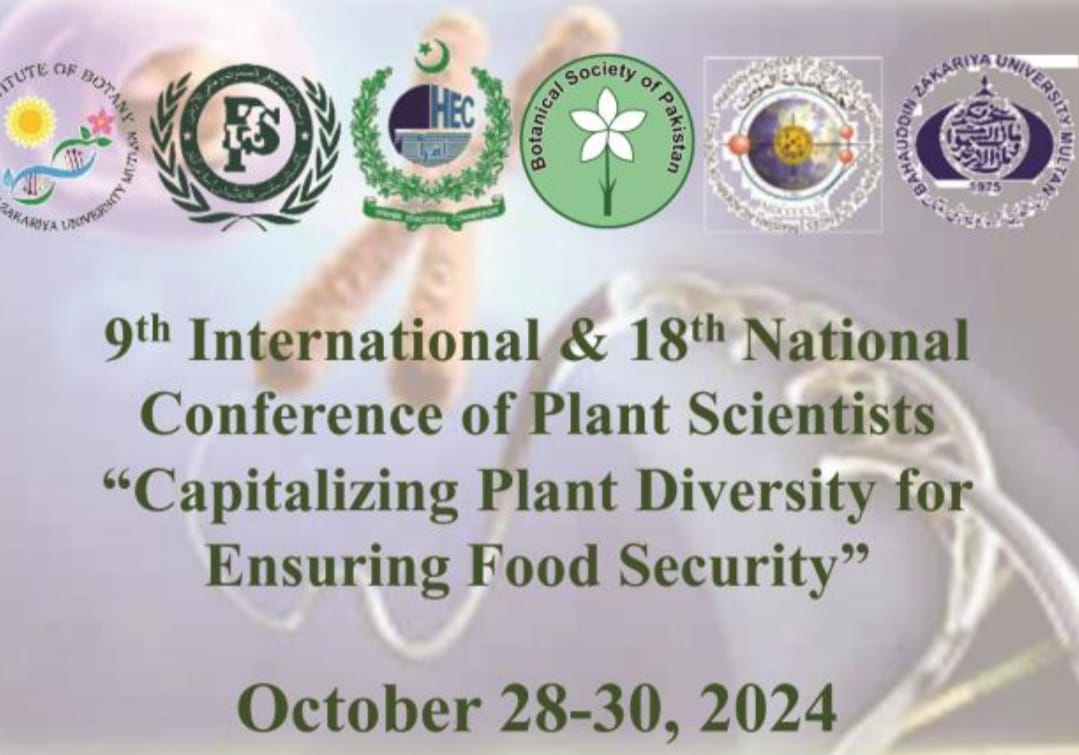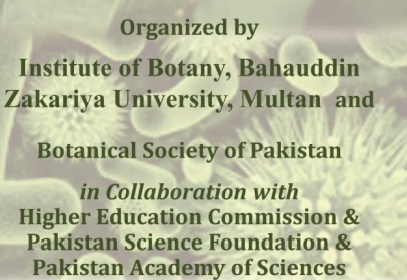PJB-2025-223
ISSR POLYMORPHISM IN TOMATO (Solanum lycopersicum L.) GENOTYPES GROWN IN DISTRICT MUZAFFARABAD, BAGH AND HAVELI OF AZAD JAMMU AND KASHMIR
Nazima Batool Bukhari
Abstract
Polymorphism in 32 tomato genotypes collected from varied geographical locations of District Muzaffarabad, Bagh and Haveli of Azad Jammu and Kashmir was investigated using ISSR primers. Average polymorphism percentage observed was 50.85% with an average of 3.2 polymorphic bands per primer. Maximum polymorphism was shown by ISSR (AG)8CT and ISSR (AG)8T (85.71%) while ISSR (AC)8T showed minimum polymorphism (28.51%). Dendrogram constructed on the basis of UPGMA analysis divided the 32 genotypes into two main groups and various clusters having different levels of similarity and dissimilarity. Genotypes MD2, MD 5 and HV21 were separated from the rest of their cluster members at greater euclidean distance and hence detected as the more diverse as compared to other genotypes tested. Minimum Spanning tree was also generated via poppr to show the relationship within and among populations of three districts, which separated the genotypes of three populations by producing variable grouping patterns. ISSR used in current study generally recognized commercial tomato genotypes, while, in most of the locally cultivated genotypes, no locus could be amplified by these specific primers. This indicates that presently used primers could be recommended for polymorphism analysis within cultivars but for the assessment of landraces, more polymorphic, wide range and trait specific markers must be designed.
To Cite this article:


